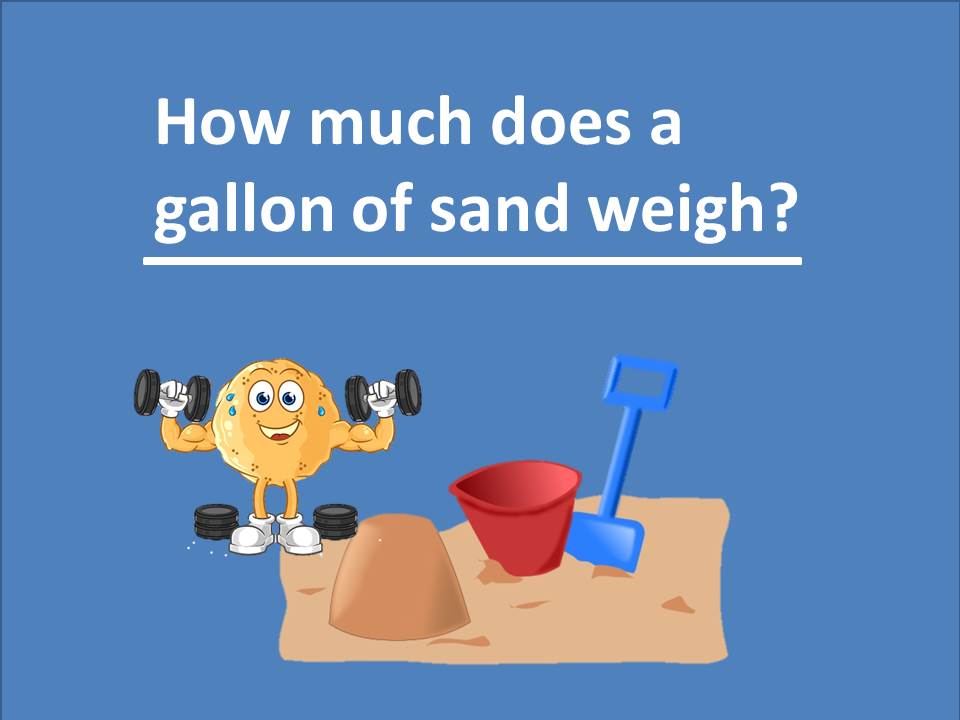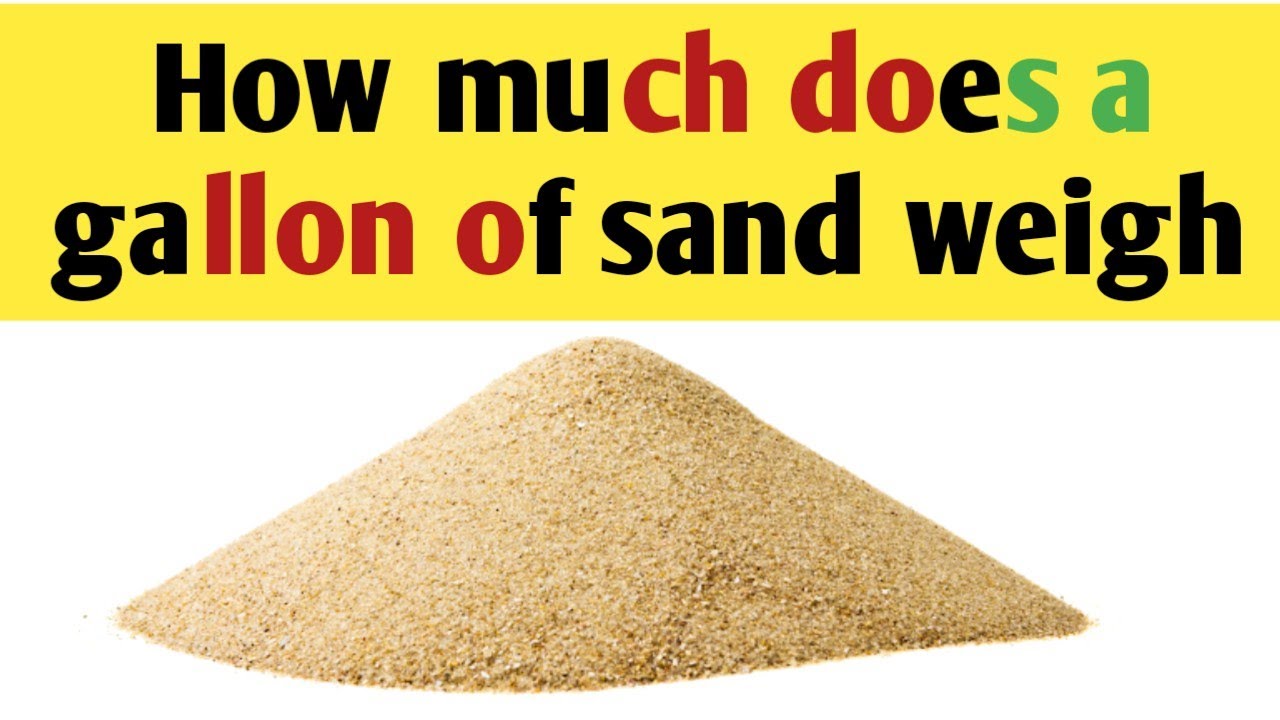How Much Does a Gallon of Sand Weigh?
Sand is a common material found in various applications, ranging from construction to landscaping. Whether you're planning a project or simply curious about the weight of sand, understanding its weight per gallon can be useful. In this article, we will explore the factors that influence the weight of sand, the typical weight of a gallon of sand, and provide some examples to help you grasp its significance. So, let's dive in!
I. Factors Affecting the Weight of Sand:
Several factors contribute to the weight of sand. These factors include the type of sand, its moisture content, and the presence of impurities. Let's discuss each of these factors in detail:
1. Type of Sand:
Different types of sand have varying densities, resulting in variations in weight. For instance, fine sand tends to weigh less per gallon compared to coarse sand.
The composition of the sand particles and their size distribution play a crucial role in determining its weight.
2. Moisture Content:
The amount of moisture present in the sand can significantly impact its weight. Wet sand generally weighs more than dry sand due to the added water content.
The moisture content can vary depending on factors such as weather conditions, storage methods, or the environment in which the sand is located.
3. Impurities:
Impurities present in the sand, such as clay or silt particles, can affect its weight. These impurities add additional mass to the sand, resulting in an increase in weight per gallon.
The level of impurities in the sand can vary depending on the source and how it has been processed.

how much does a gallon of sand weigh
II. Typical Weight of a Gallon of Sand:
Now that we understand the factors influencing the weight of sand, let's discuss the typical weight of a gallon of sand. It's important to note that the weight can vary based on the factors mentioned earlier.
However, as a general guideline, dry sand weighs around 12 to 16 pounds per gallon (or approximately 1.4 to 1.9 kilograms per liter).
This estimate applies to medium-grade sand commonly used in construction and landscaping projects.

how much does a gallon of sand weigh
III. Examples and Applications:
To provide a clearer understanding, here are some examples and applications that demonstrate the weight of a gallon of sand:
1. Sandbox Filling:
If you're planning to fill a sandbox with sand, knowing its weight per gallon is essential. For instance, a standard 5-gallon bucket filled with dry sand would weigh approximately 60 to 80 pounds (or 27 to 36 kilograms).
This information helps you calculate the total weight of sand required for your specific sandbox size.
2. Bagged Sand:
Bagged sand is commonly sold in varying sizes, typically measured in pounds or kilograms. By knowing the weight per gallon, you can estimate the number of bags needed for a project.
For example, if a bag of sand weighs 50 pounds, you can calculate that it contains approximately 4 to 5 gallons of sand.
3. Transportation Considerations:
Understanding the weight of sand is crucial when it comes to transportation logistics.
Whether you're using sand for construction purposes or landscaping projects, knowing the weight per gallon helps determine the load capacity of vehicles or containers.
This knowledge ensures that the transportation process is safe and efficient.

how much does a gallon of sand weigh
IV. Conclusion:
In conclusion, the weight of a gallon of sand can vary based on factors such as the type of sand, moisture content, and presence of impurities. However, as a general guideline, dry sand weighs around 12 to 16 pounds per gallon.
Understanding the weight of sand is valuable for various applications, including sandbox filling, bagged sand estimation, and transportation logistics.
By considering these factors and examples, you can make informed decisions regarding the amount of sand required for your specific needs.